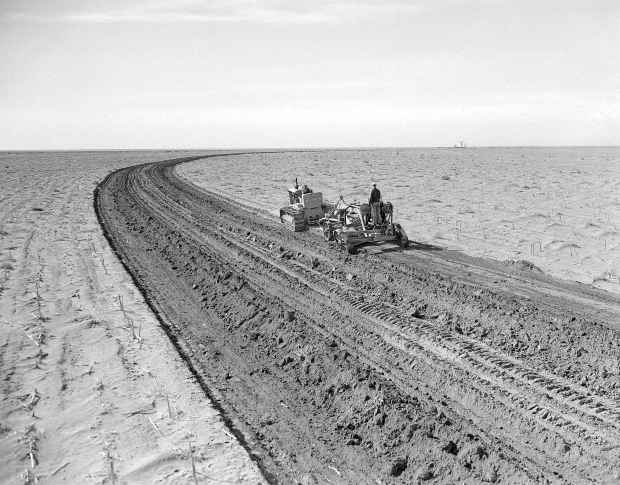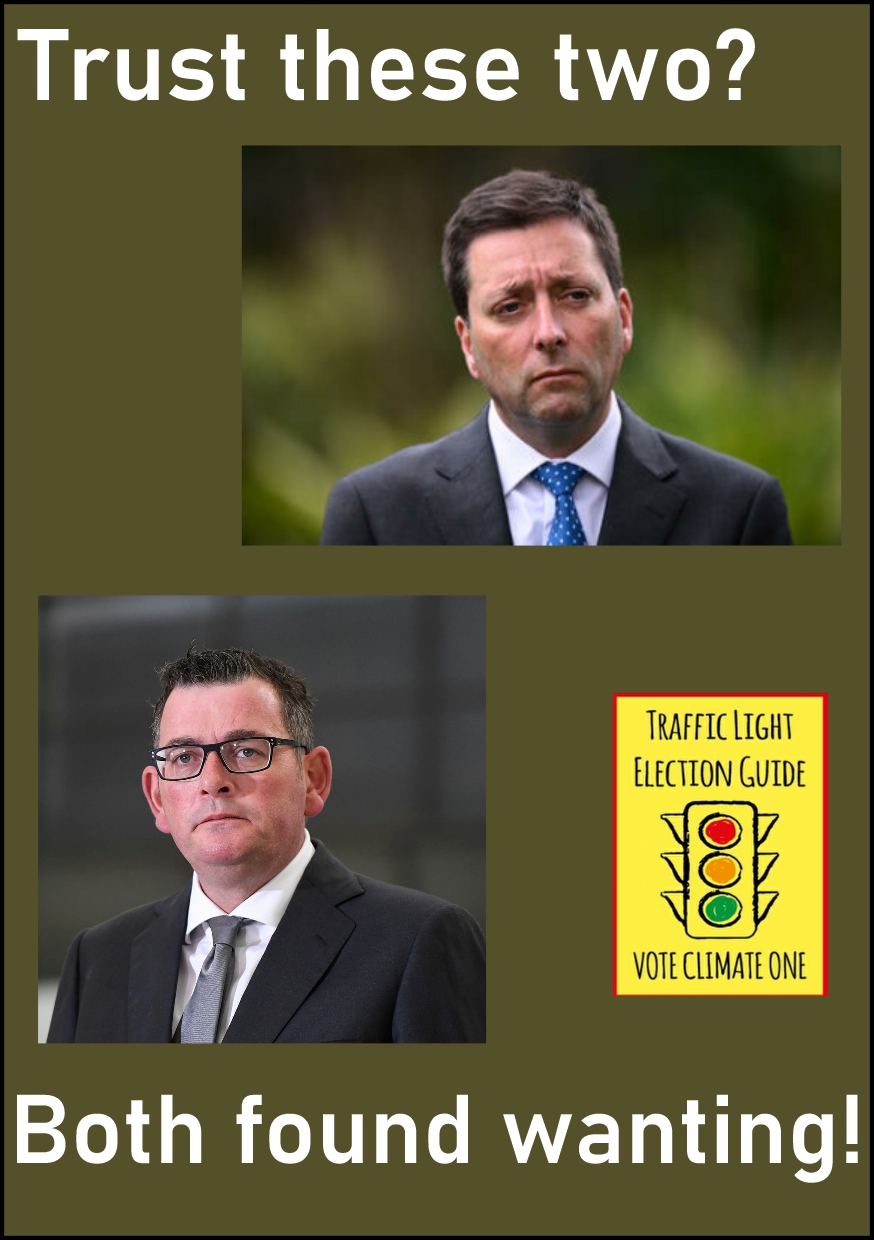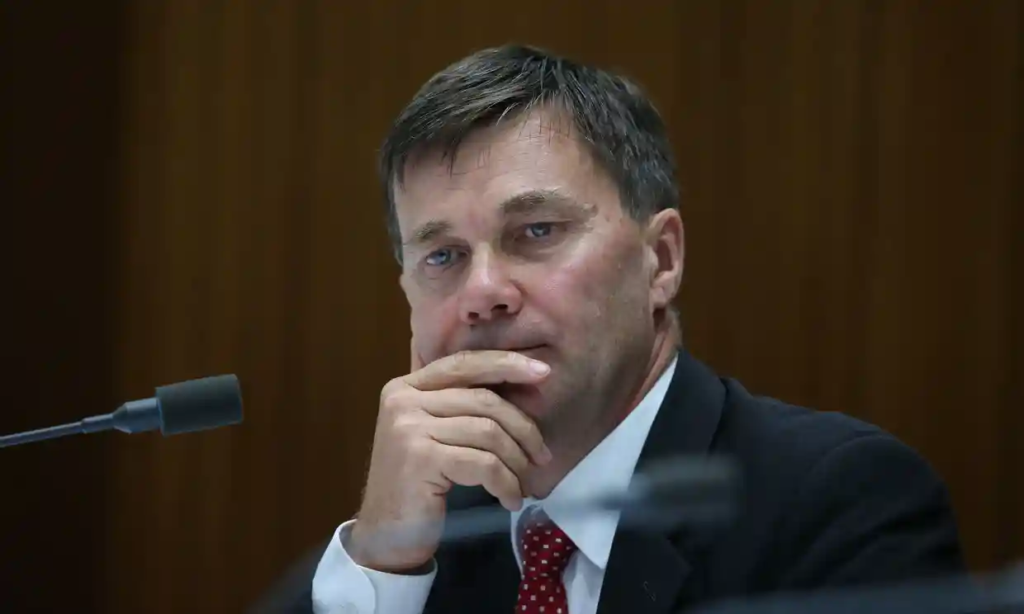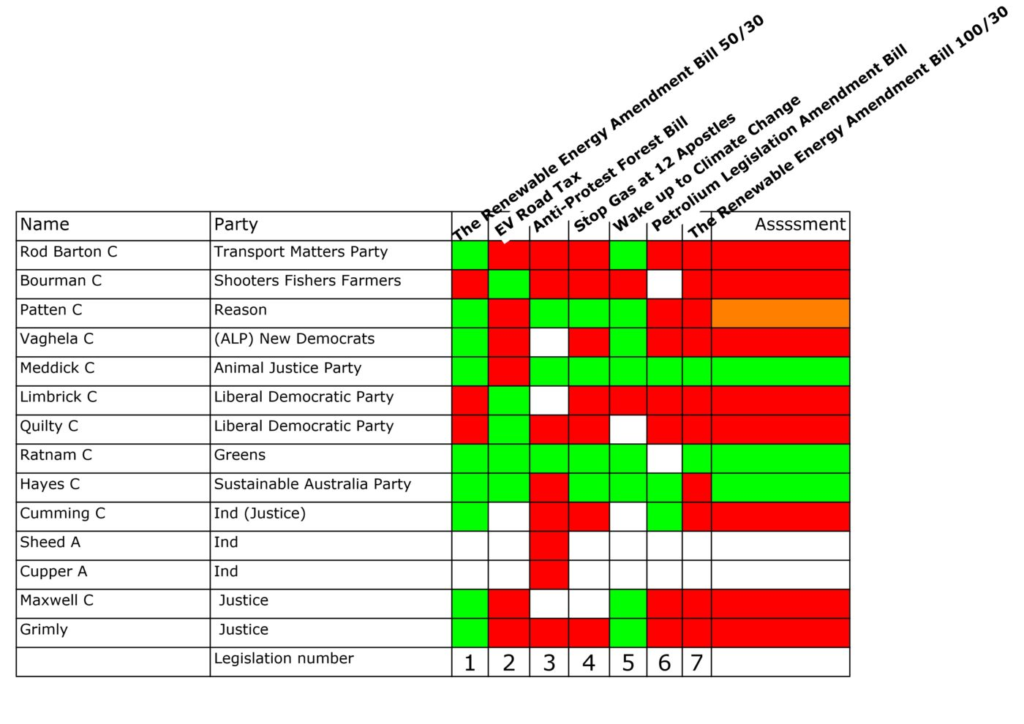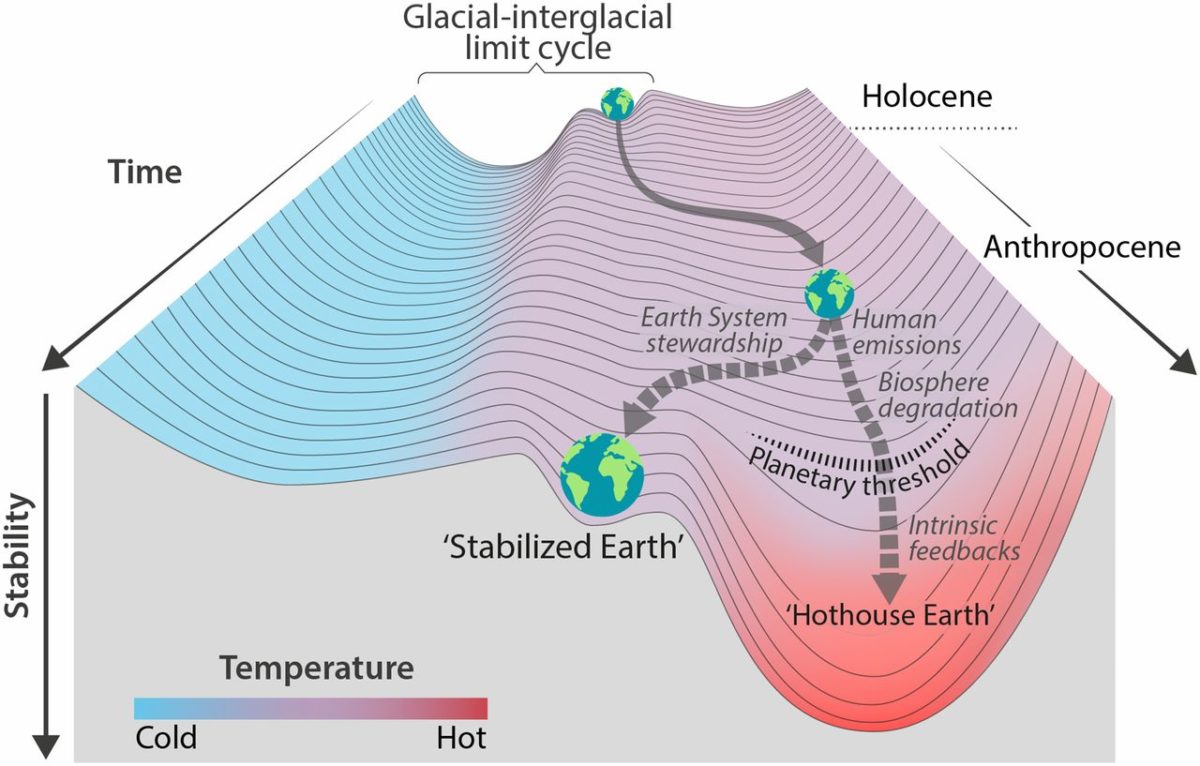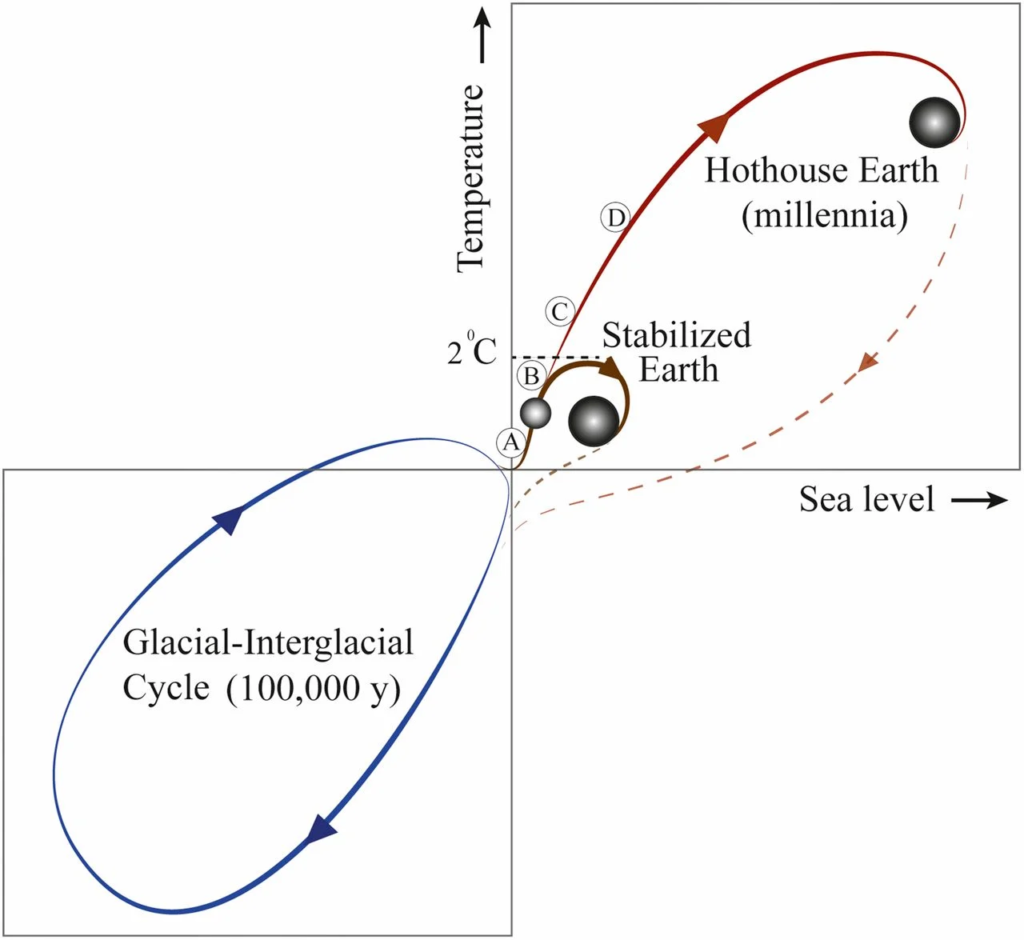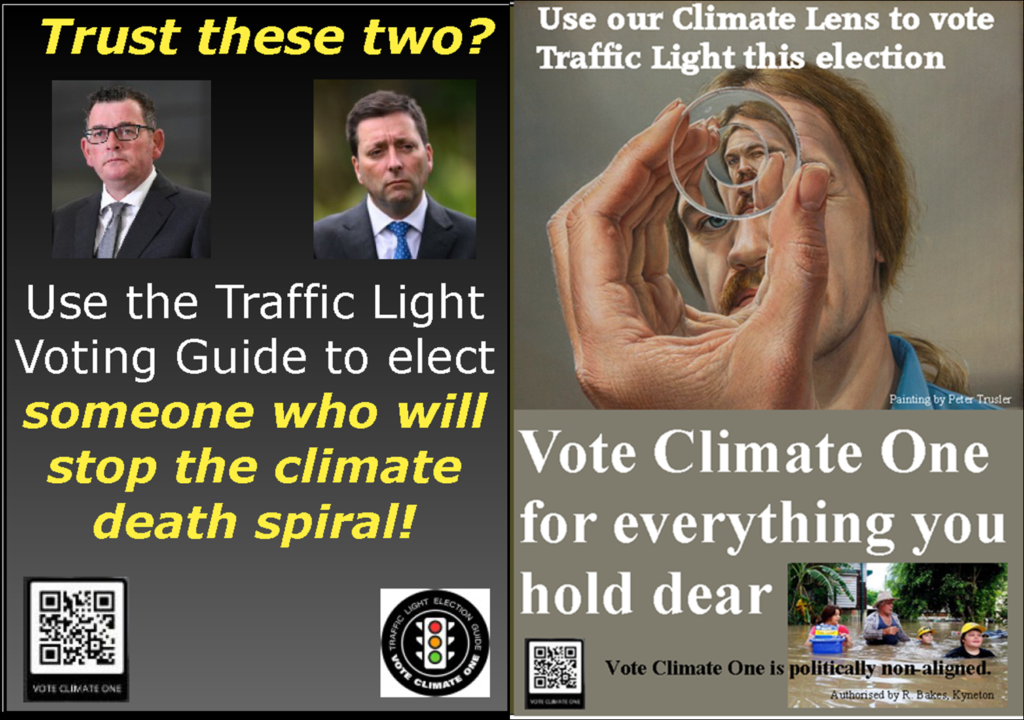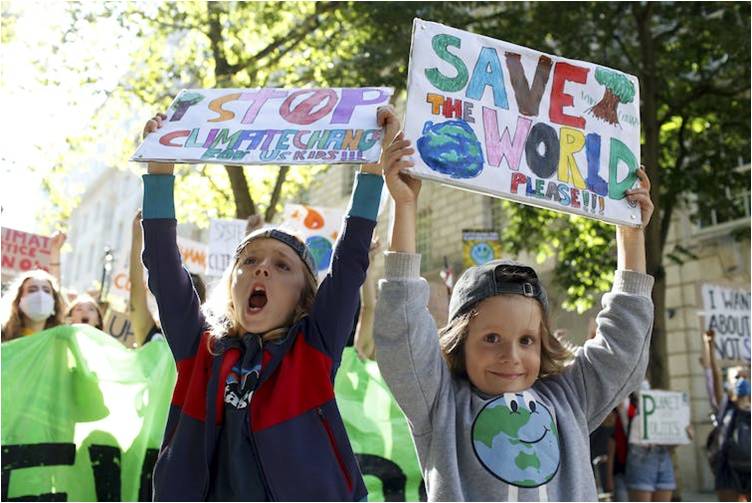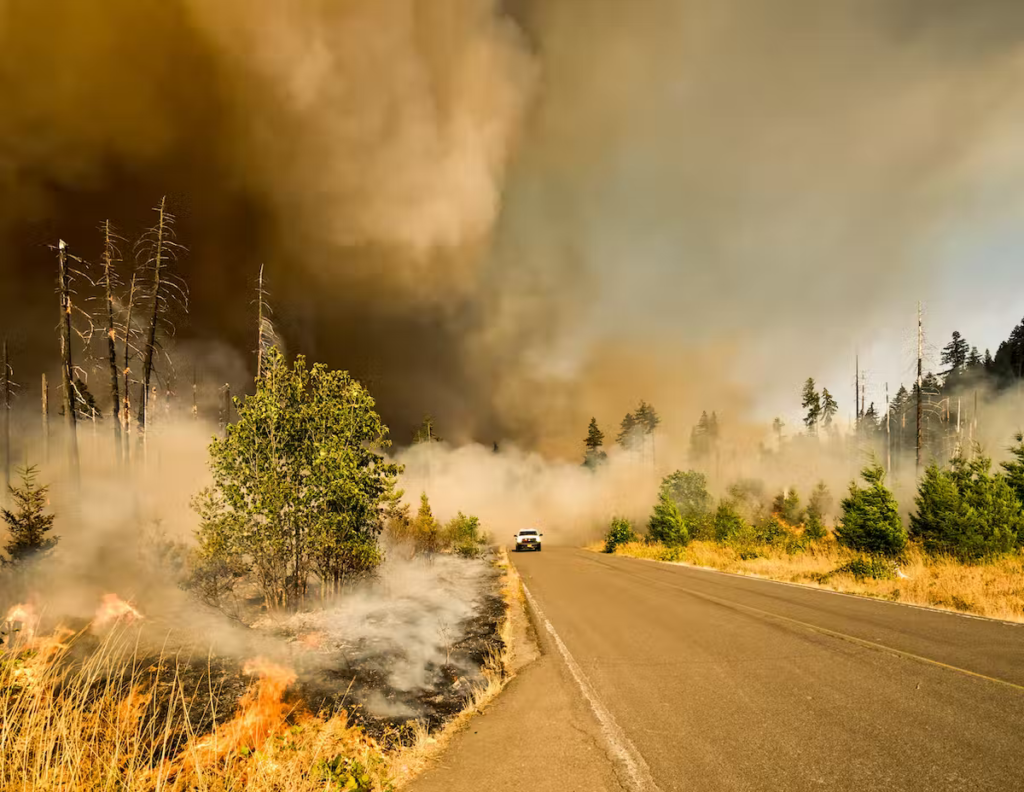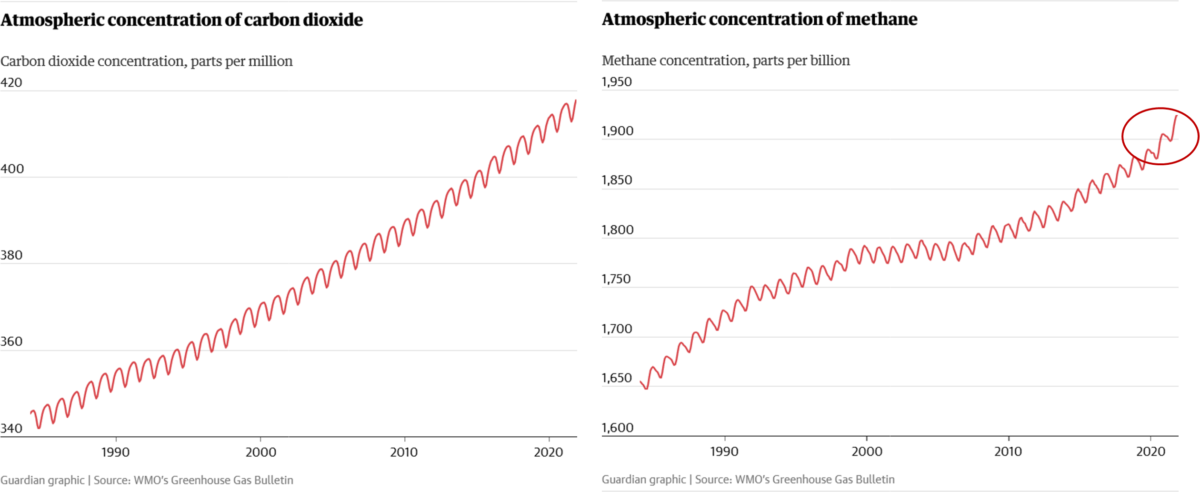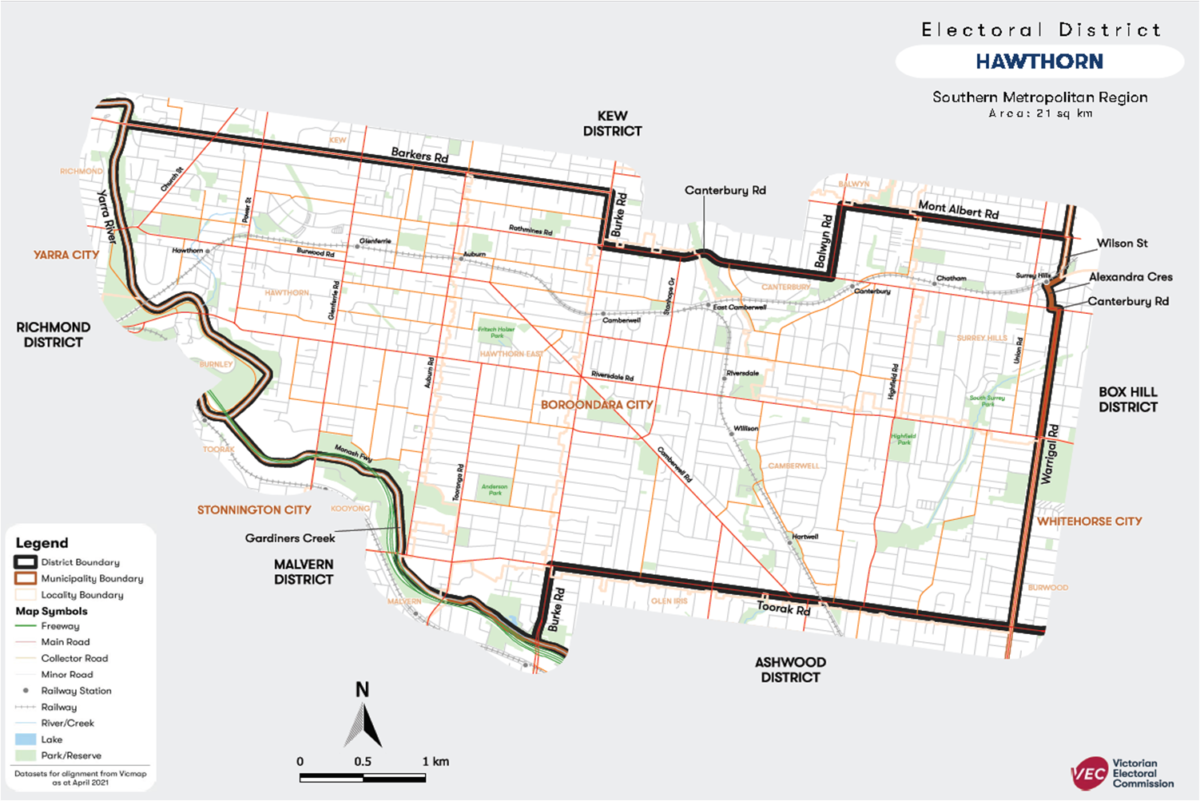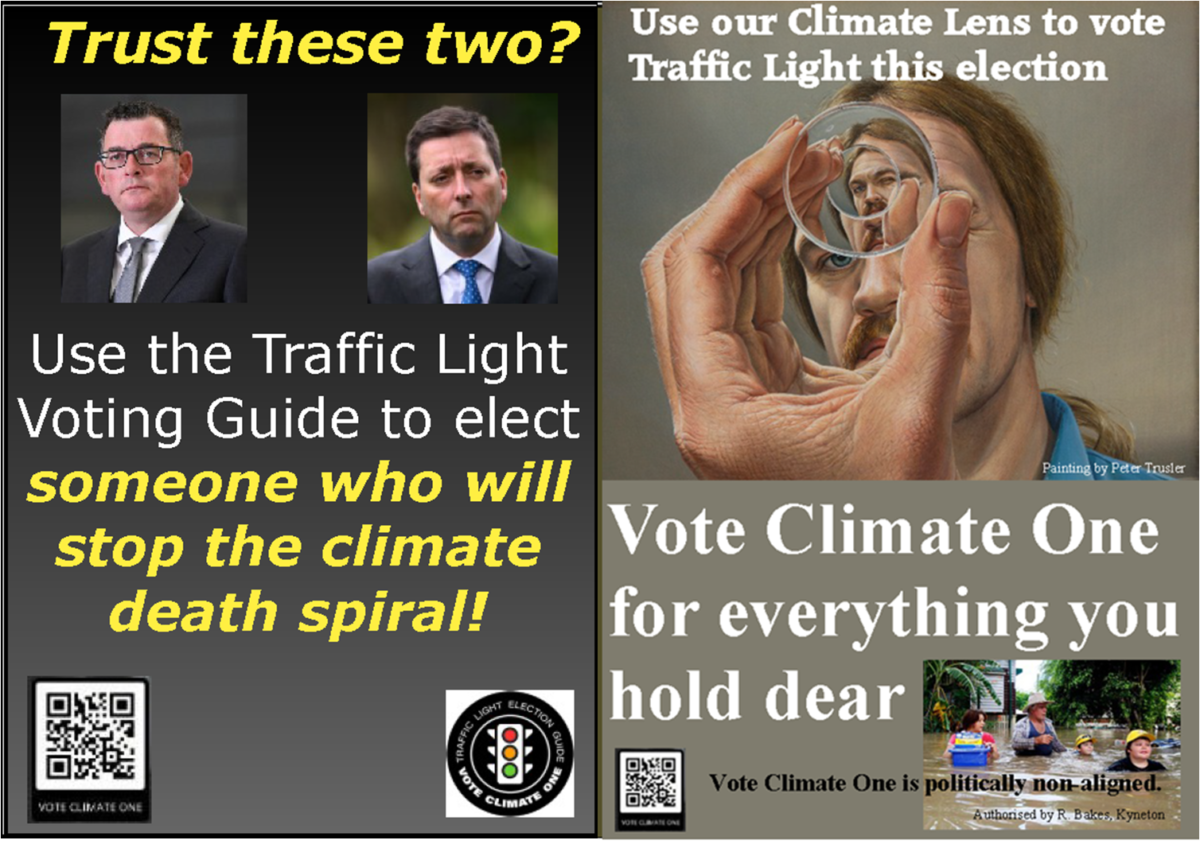On the down-hill road to extinction
Now the Victorian Election is over, we we must keep our politicians feet to the fire. Strong, early, and competent action against global warming is the only issue in Parliament that really matters if we are concerned for the futures of our families, or indeed, for our species and the majority of life on our planet. If we don’t stop and reverse the still accelerating global warming our world will soon be so hot that humans and many other species will be experiencing major die-offs and collapses of critical ecosystems before the end of this century on our way to extinction.
The featured article here shows how close we already to this precipice of no return — even without considering the added stress of human caused global warming.
Our road to extinction began with killing off megafauna
In his ‘overkill’ hypothesis, Paul S Martin proposed in 1966 that humanity’s expansion out of Africa into Eurasia, and then into Australia and the Americas led to the extinction of most of the very large terrestrial animals (“megafauna”). The large animals were easy to kill because they had no prior experience with two legged hunters. Hunters feasted and multiplied until the easy prey in a local area was all killed off within a generation or two as humans continued to multiply and expand into new territories — until entire species were exterminated. By its very nature the fossil record is sparse and little evidence of an actual killing spree has been found, but in most of the areas humans colonized out of Africa there was a healthy variety of megafauna before there was evidence of human habitation. And once evidence of human habitation appears in the record there is no more evidence for megafauna, suggesting that large animals were hunted into extinction within a few decades of their first encounters with our distant ancestors.
Martin published his seminal paper while I was doing preparatory studies at Southern Illinois University – Edwardsville before starting my PhD in evolutionary biology at Harvard. The debate continued throughout my time at Harvard as evidence accumulated and was discussed. Martin’s North American paper was published in 1973 as I received my degree and began my teaching career. Some scientists still argue today that climate change was responsible for most of the extinctions and not humans. However, accurately dated fossils and evidence for human hunting reviewed in a 2015 research article by Surovell, show a good fit with Martin’s overkill hypothesis rather than close correspondence with the climate changes.
Once humans are present in the landscape and as our evolving technology grows ever more powerful, this presence affects all living things. Our expanding population and exponentially increasing consumption, control, and destruction of biological resources is progressively leading towards total exploitation or extermination of the natural biological resources we depend on for our own survival. Most extinctions – especially of little creatures – has resulted from human obliteration of their habitats through increasingly mechanized and fossil-fuel driven agriculture.
This post’s featured image shows what a few years of plowing did to the plains of SW Colorado during the ‘dust bowl’ droughts in the 1930’s. Simple farming managed to obliterate all life for as far as as the camera could see…. Actually, the tractor is plowing along the contour lines of the slope working to repair some of the damage so at farming could resume when the rains returned again. The Guardian article below did not include the photo I used, but describes the situation:

by Phoebe Weston, 25/11/2022 in the Guardian
Humans v nature: our long and destructive journey to the age of extinction
The story of the damage done to the world’s biodiversity is a tale of decline spanning thousands of years. Can the world seize its chance to change the narrative?
The story of the biodiversity crisis starts with a cold-case murder mystery that is tens of thousands of years old. When humans started spreading across the globe they discovered a world full of huge, mythical-sounding mammals called “megafauna”, but by the end of the Pleistocene, one by one, these large animals had disappeared. There is no smoking gun and evidence from ancient crime scenes is – unsurprisingly – patchy. But what investigators have learned suggests a prime suspect: humans.
Take the case of Genyornis, one of the world’s heaviest birds, which was more than 2 metres tall and weighed in excess of 200kg. It lived in Australia until, along with many other megafauna, it went extinct 50,000 years ago. In North America, giant beavers weighing the same as a fridge and an armadillo-like creature called a glyptodon, which was the size of a small car, existed until about 12,000 years ago, when they, too, went extinct. In all, more than 178 species of the world’s largest mammals are estimated to have been driven to extinction between 52,000 and 9,000BC.
For a long time, these extinctions were thought to be linked to natural changes in the environment – until 1966, when palaeontologist Paul S Martin put forward his controversial “overkill hypothesis” that humans were responsible for the extinctions of megafauna, destroying the romantic vision of early humans living in harmony with nature.
…
[T]oday … we are not just killing megafauna but destroying whole landscapes, often in just a few years. Farming is the primary driver of destruction and, of all [surviving] mammals on Earth, 96% are either livestock or humans. The UN estimates as many as one million plant and animal species are at risk of extinction.
Read the whole article….
We hit the accelerator on the downhill road to extinction with fossil fuel burning and habitat destruction
I came face-to-face with the catastrophe we humans are speeding towards some than six years ago as I was finishing a 10+ year book project on the coevolution of humans and our increasingly powerful technologies, “Application Holy Wars or a New Reformation“. This combines significant threads from my own life-history (paleontology, evolutionary biology, systems ecology, theory of knowledge, organizational theory, engineering & the exponential growth of computer technology), to explore and explain how our hominin ancestors (close cousins of the ancestors of chimpanzees and bonobos) have become so powerful that we are profoundly impacting our planet’s atmosphere, oceans, land surface, and biosphere.
As I focused on finishing the project by forecasting future trends in this coevolution, it became clear that further effort was largely pointless — because few if any people would be available to actually read the book. We face a population crash and social collapse in the global mass extinction event we are forcing on our only planet. I concluded that what time I had left would be far better spent trying to focus people’s and our leader’s attentions on the crisis that we are rushing towards in hopes of organizing actions to delay and perhaps avoid the oblivion.
Several of my works (plus much of the material I have collected on Climate Sentinel News) map out how the evolutionary road we are on leads to a catastrophe if we are unable to put on the brakes and turn off the road to extinction to find a way back up the hill before it is too late:
- 2015: Human Origins, Cognitive Technologies, and Futures
- 2016: The Angst of Anthropogenic Global Warming: Our Species’ Existential Risk [this presentation clearly shows the global impact of human activities].
- 2017: Is this the start of runaway global warming?
- 2021: Portents for the Future – 2020 Wildfires on the Siberian Permafrost
- 2022: Some fundamental issues relating to the science underlying climate policy: The IPCC and COP26 couldn’t help but get it wrong.
… Victor Anderson, a visiting professor in sustainability at Anglia Ruskin University, also argues biodiversity loss has been seen by some as a middle-class, trivial or even rightwing issue….. He says the issue continues to be difficult, not least because every aspect of industry is entwined with nature’s destruction. “I think tracing through the causes of biodiversity loss is a bit frightening, because it does lead you to the whole way in which the world economy operates.”
The story of the biodiversity crisis is a tale of decline spanning thousands of years. From hunting huge mammals to extinction to poisoning birdlife with pesticides, humans have treated nature as an inexhaustible resource for too long. Environmentalists, Indigenous peoples and scientists have been sounding the alarm about the biodiversity crisis for more than half a century, and yet no meaningful action has been taken. Much has already been lost, but there is still lots to play for.
Featured article
Collapsing biodiversity on its own is a shocking indicator that human impacts on the natural world are exterminating a vast array of other species through direct killing and habitat destruction. We are also making the entire planet less friendly to life in general through global warming, increasing the acidity of watercourses, lakes and oceans, and poisoning the environment many other ways.
Inevitably, the circle of biological collapse is folding back on humanity itself. The biosphere provides a vast array of “ecosystem services” (oxygen in the air, drinkable water, pollination of crops, soil renewal, fisheries, etc….) that we and our domesticated plants and animals depend on for life. Beyond that, our continued burning of fossil carbon is raising Earth’s surface temperature to levels that are lethal for many plants and animals. As I write this, much northern Australia faces extreme heatwave conditions in the mid 40s, that are easily lethal to unprotected humans and many other organisms:

Such conditions can easily cause local extinctions to many species unable to migrate long distances to recolonize depleted areas. Many other organisms that depended in one way or another on the now extinct species will also go extinct because they are unable to replace that dependency – leading to a cascade of extinctions leading towards the ‘sterilized earth’ situation depicted in the featured image. As more and more extinctions occur along with increasingly frequent and widespread ecosystem collapses, Homo sapiens (our own species) will almost certainly be included in the casualties lost for all time. This conclusion is where ‘business as usual’ is driving towards.
I’m not the only one issuing this warning; Antonio Guterres – UN Chief said: We’re racing down the “highway to climate hell” and pointed to the only realistic way to avoid this end to our history on Earth: “Humanity has a choice: cooperate or perish,” Guterres told the UN COP27 summit. “It is either a Climate Solidarity Pact or a Collective Suicide Pact,” he added.
Avoiding this suicide won’t be easy given the vast sums of money fossil fuel and other self-serving special interests are willing to spend whatever it takes to protect their short-term interests in maximizing their extraction of burnable fossil fuels and minimizing their costs to stay in business. No thought seems to be given to the fact that this path may well doom them and everyone else to extinction within a few more decades of business as usual as our whole biosphere collapses in global mass extinction.
At least Australians and Victorians seem to be moving our governments in the right direction to begin mobilizing effective action to protect what is left of our natural environment and to stop and reverse global warming. In the last few months, we have proved we are able to elect governments that claim to be interested in doing this (even though they also still seem to be working to protect fossil fuel special interests).
What we must do now is to hold our elected parliamentarians feet to the fire to ensure that they actually take the climate emergency seriously and begin mobilizing to fight the fires.
We need to turn away from the the Apocalypse on the road to hothouse hell, and we won’t do this by continuing with business as usual!
In the same way I saw no point in finishing my book, it seems to have taken the clear thinking of Greta Thunberg, a 16 year-old girl who concluded school was pointless as long as humans continued their blind ‘business as usual’ rush towards extinction.

In other words, Wake up! Smell the smoke! See the grimly frightful reality, and fight the fire that is burning up our only planet so we can give our offspring a hopeful future. This is the only issue that matters. Even the IPCC’s hyperconservative Sixth Assessment Report that looks at climate change’s global and regional impacts on ecosystems, biodiversity, and human communities makes it clear we are headed for an existential (“i.e., UN Newspeak for “extinction is likely”) climate catastrophe if we don’t stop the warming process.
In Greta’s words, “even a small child can understand [this]”. People hope for their children’s futures. She doesn’t want your hopium. She wants you to rationally panic enough to wake up, pay attention to reality, and fight the fire…. so our offspring can have some hope for their future.
And above all…. make sure that your elected parliamentarians take this situation very seriously indeed!

Featured Image: A farm tractor plows terraces after the contour of the land is determined on the southwestern plains of Colorado, March 25, 1938. Associated Press file photo from an August 1, 2017 Denver Post article by Patrick Traylor | [email protected], PHOTOS: The Dust Bowl in Colorado and the Great Plains, showing what was left of humanity’s work a few decades after trying to occupy the land.
